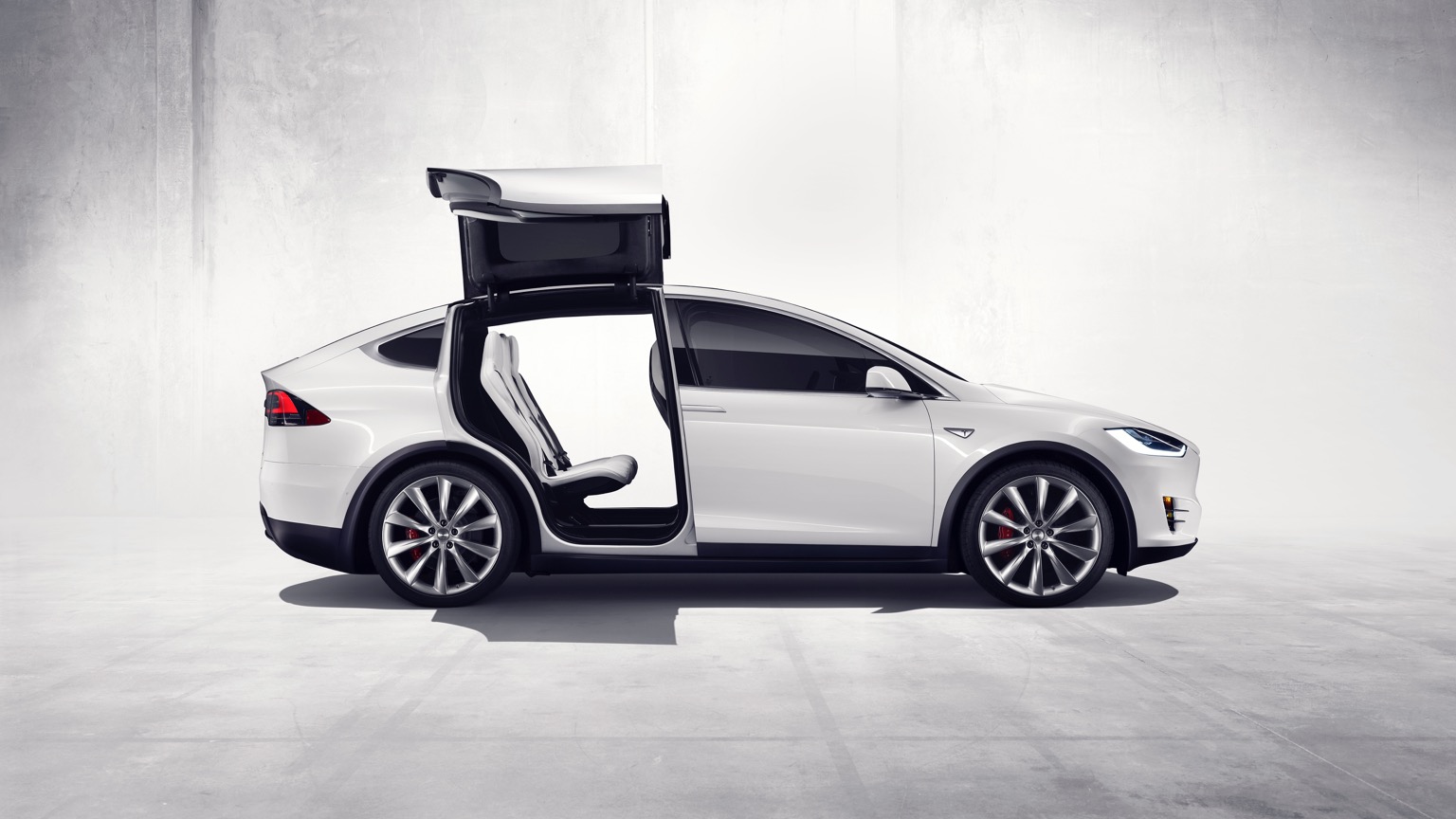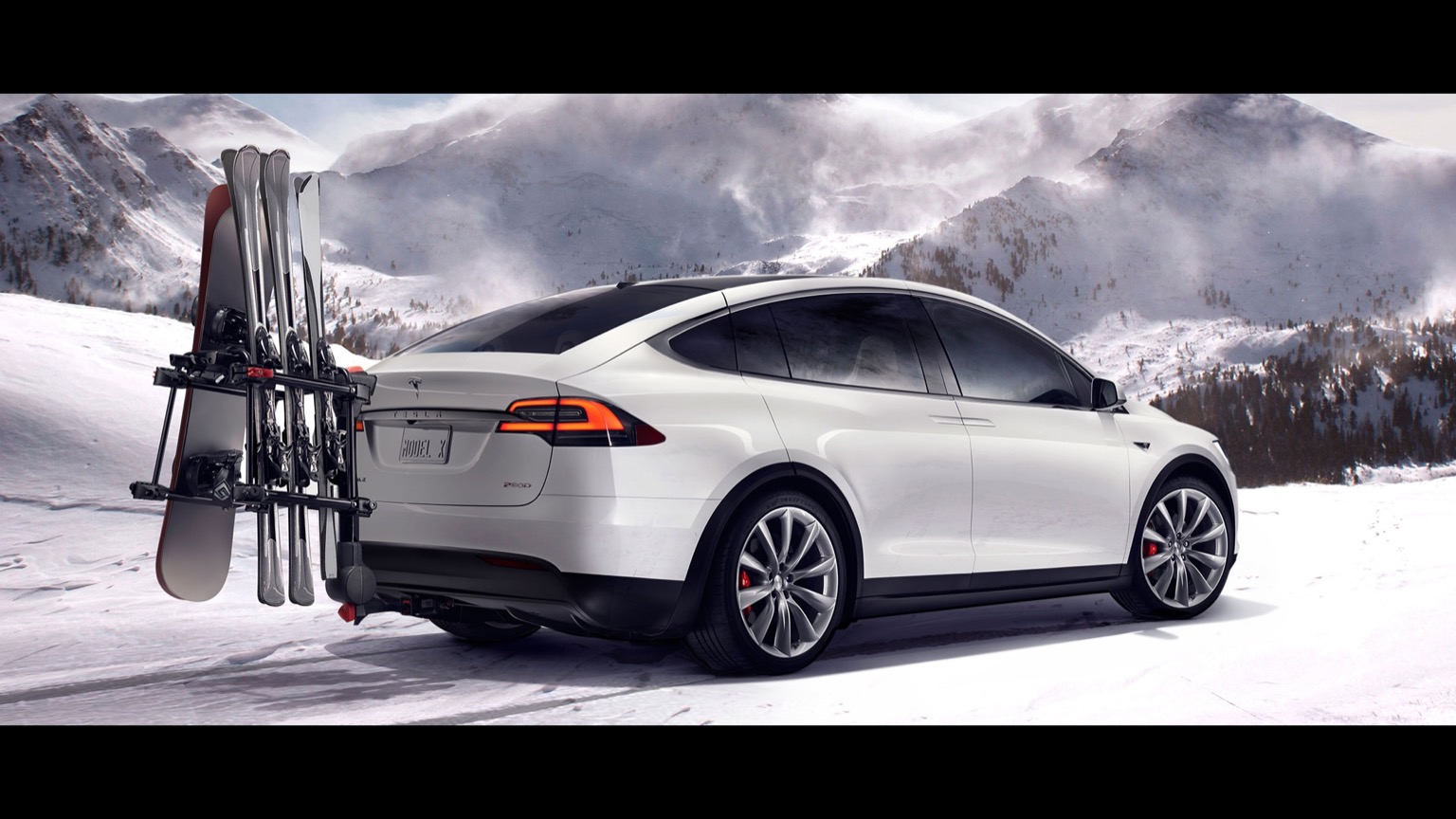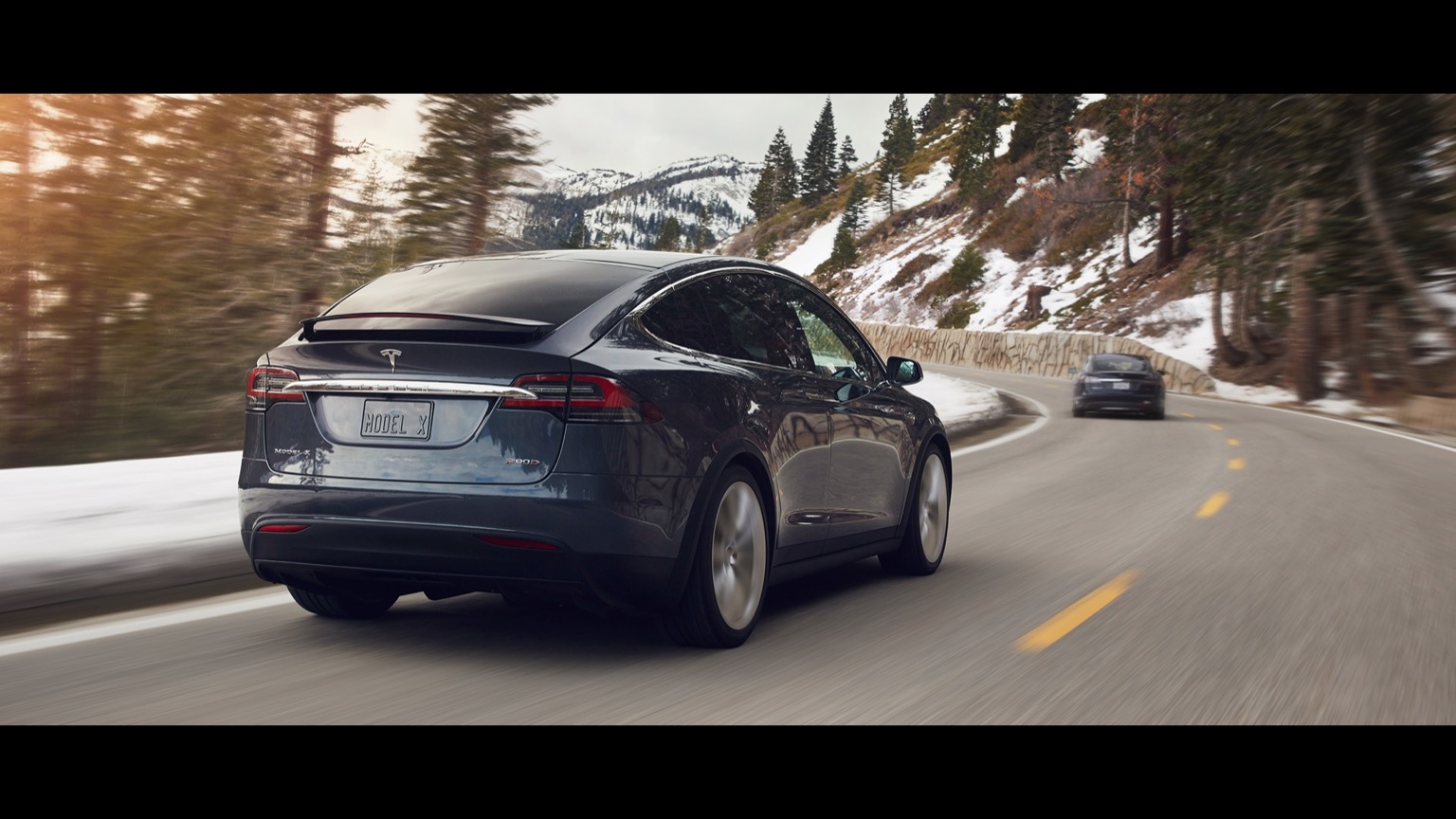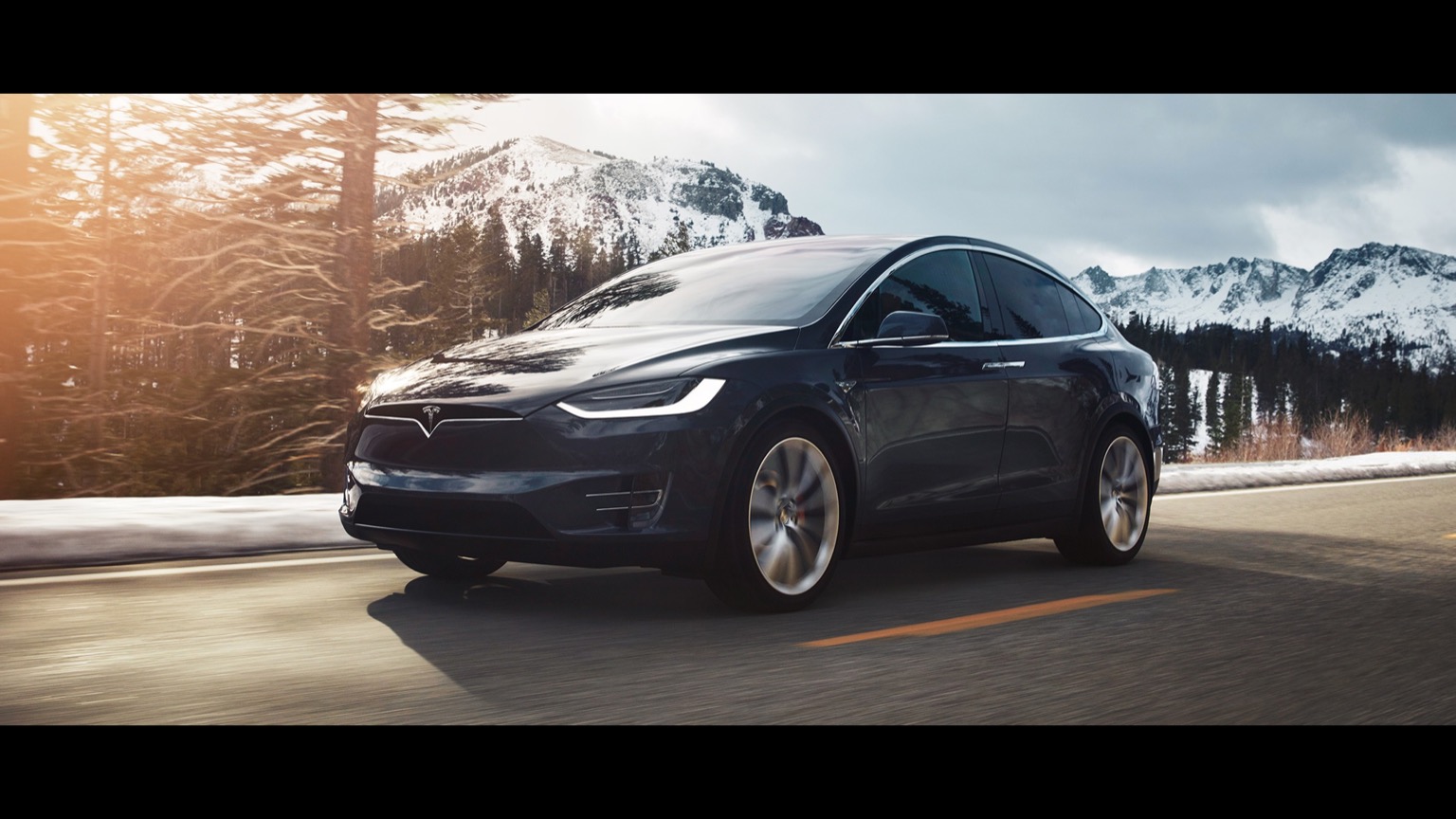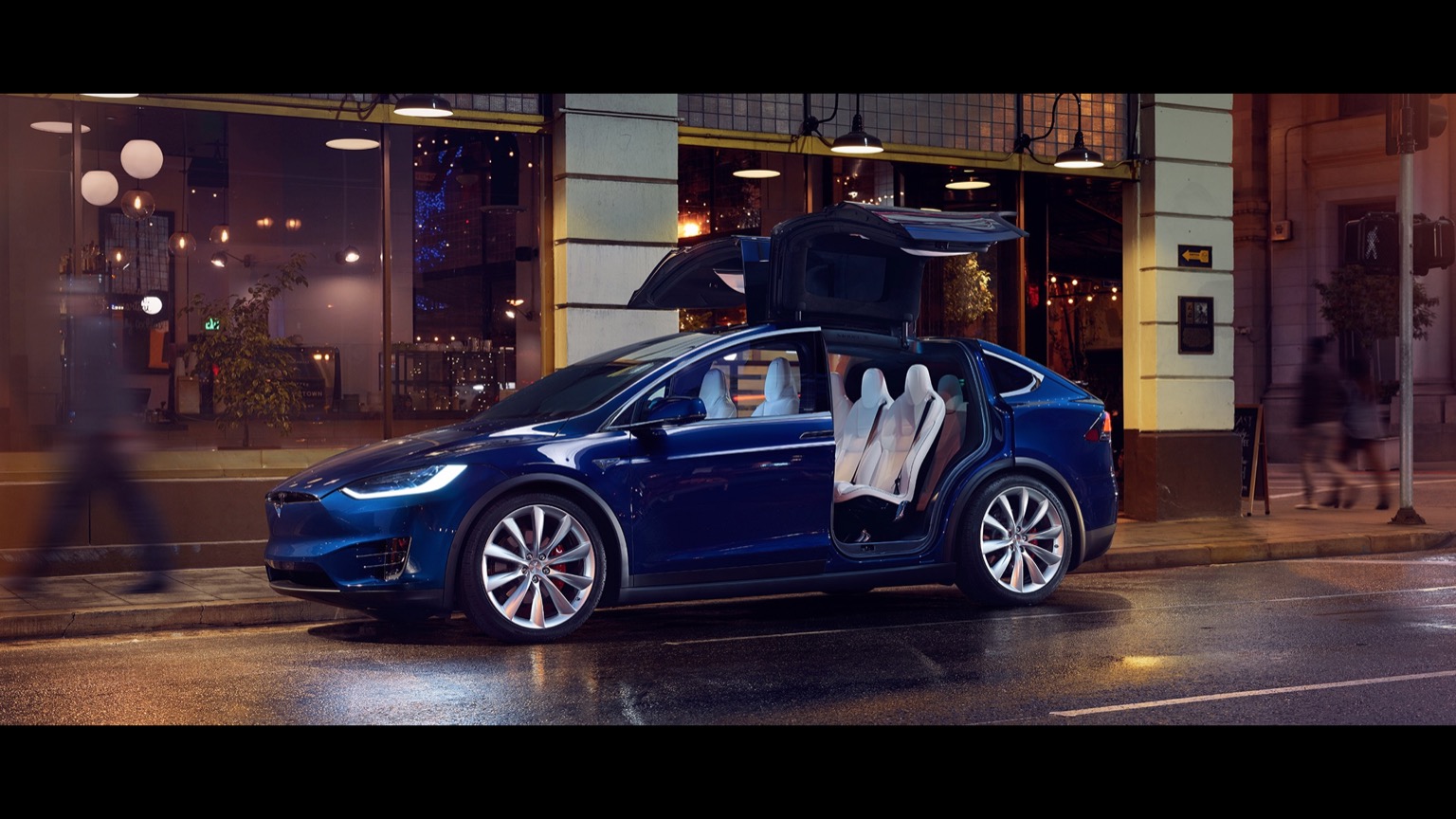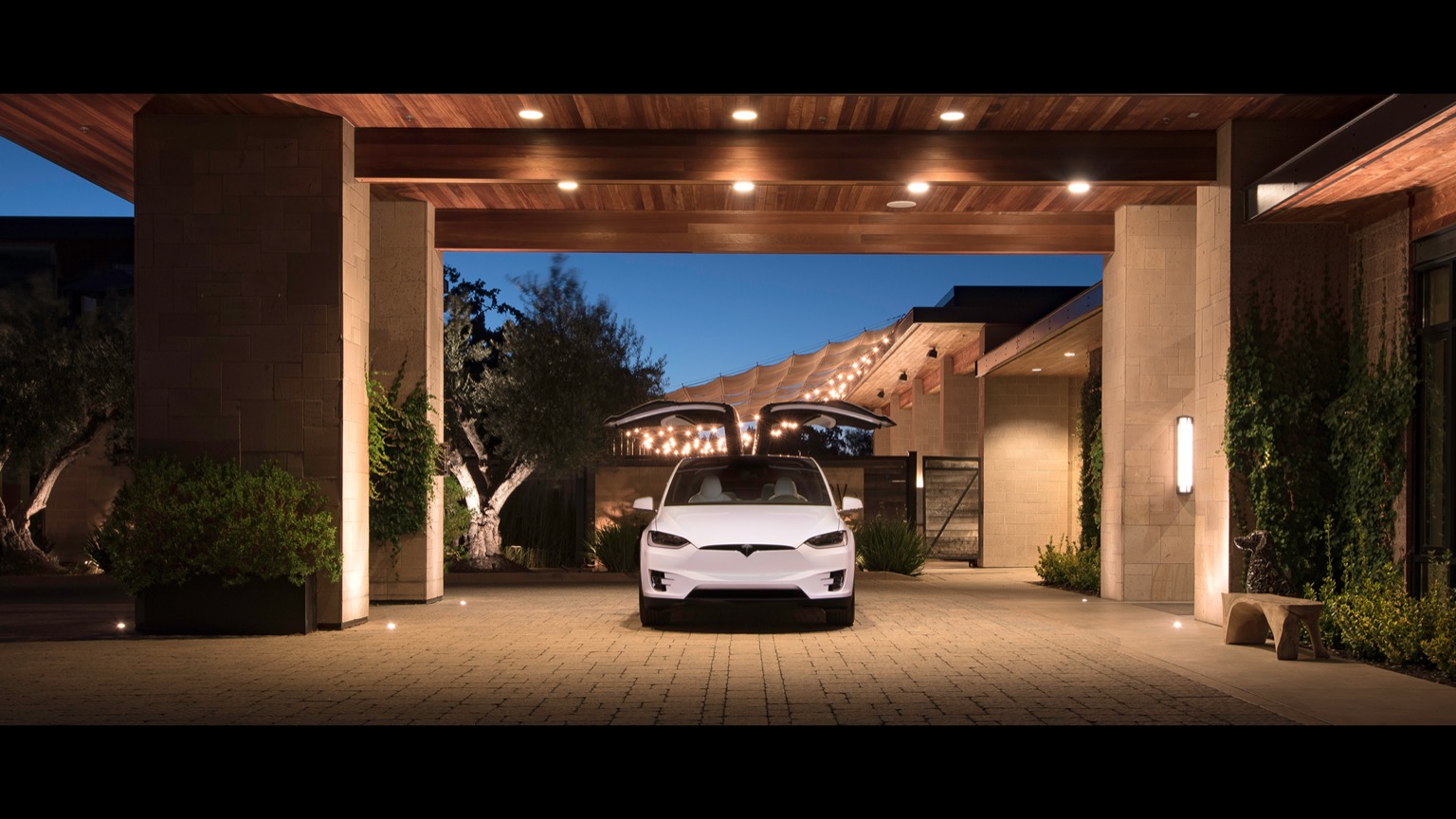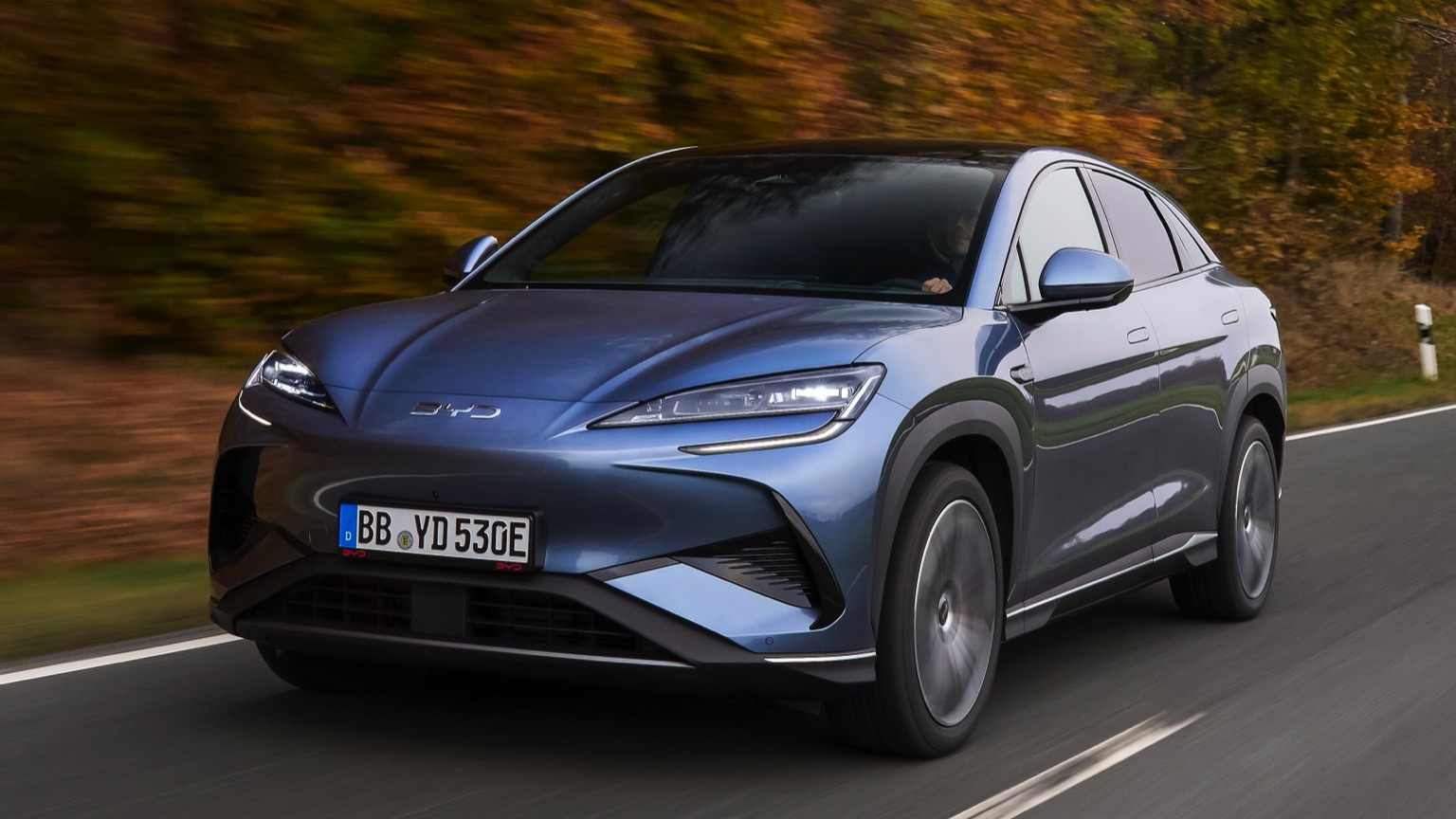Driving Range
In short, how many miles you can travel on a full charge. Is length important? Let’s not open that can of worms…
Efficiency
How many kWh of charge are needed to travel a set distance. The fewer needed, the more efficient your EV is. Easy!
Battery
The bigger the battery, the more power it can hold. In essence, fewer stops needed to top up your charge. Ahh, simplicity!
Top Speed
The maximum speed you can reach with your foot pressed hard to the floor. Important when escaping a zombie apocalypse, we assume.
Seats
Well, you don’t want to have to leave anybody at home… or do you?
Body
From stylish SUVs and compact crossovers, to curvaceous coupes and handy hatchbacks, there’s a perfect shape for everyone!
Isofix
The safe way to attach a child seat. Typically, these are hidden in the join between the back seats, alongside the crumbs from your last meal deal.
Safety Rating
A measure that considers the amount of safety kit installed, how a vehicle performs in crash testing and how safe it is for both pedestrians and cyclists.
| City - Cold Weather | 270 miles |
| Highway - Cold Weather | 200 miles |
| Combined - Cold Weather | 235 miles |
| City - Mild Weather | 390 miles |
| Highway - Mild Weather | 250 miles |
| Combined - Mild Weather | 310 miles |
Indication of real-world range in several situations. Cold weather: 'worst-case' based on -10°C and use of heating. Mild weather: 'best-case' based on 23°C and no use of A/C. For 'Highway' figures a constant speed of 110 km/h is assumed. The actual range will depend on speed, style of driving, weather and route conditions.
| Charge Port | Type 2 |
| Port Location | Left Side - Rear |
| Charge Power | 16.5 KW AC |
| Charge Time | 7hr |
| Charge Speed | 39 mph |
| Fastcharge Port | Supercharger |
| FC Port Location | Left Side - Rear |
| Fastcharge Power (max) | 200 |
| Fastcharge Time | 38m |
| Fastcharge Speed | 300 mph |
General Charging (0 - 100%)
Charging is possible by using a regular wall plug or a charging station. Public charging is always done through a charging station. How fast the EV can charge depends on the charging station (EVSE) used and the maximum charging capacity of the EV
| Charging Point:Charging Point | Power:Power | Time:Time |
|---|---|---|
| Charging Point:Wall Plug | Power:2.3 kW | Time:48hr 45m |
| Charging Point:1-Phase 16A | Power:3.68 kW | Time:30hr 15m |
| Charging Point:1-Phase 32A | Power:7.36 kW | Time:15hr 15m |
| Charging Point:3-Phase 16A | Power:3.68 kW | Time:10hr 15m |
| Charging Point:3-Phase 32A | Power:7.36 kW | Time:7hr |
Rapid Charging (10 - 80%)
Rapid charging enables longer journeys by adding as much range as possible in the shortest amount of time. Charging power will decrease significantly after 80% state-of-charge (SoC) has been reached.
| Charging Point:Charging Point | Average Power:Average Power | Time:Time |
|---|---|---|
| Charging Point:Supercharger v2 Shared | Average Power:65 kW | Time:1hr 5m |
| Charging Point:Supercharger v2 | Average Power:95 kW | Time: 44m |
| Charging Point:Supercharger v3 | Average Power:110 kW | Time: 38m |
| EVDB Real Range | 275 miles |
| EVDB Vehicle Consumption | 345 Wh/mi |
| EVDB CO2 Emissions | 0 g/mi |
| EVDB Vehicle Fuel Equivalent | 1.17 l/100mi |
| WLTP Real Range | 315 miles |
| WLTP Rated Consumption | 36.4 Wh/mi |
| WLTP Vehicle Consumption | 30.2 Wh/mi |
| WLTP CO2 Emissions | 0 g/mi |
| WLTP Rated Fuel Equivalent | 1.11 l/100mi |
| WLTP Vehicle Fuel Equivalent | 1.34 l/100mi |
| Acceleration 0 - 100 km/h | 4.6 sec |
| Top Speed | 155 mph |
| Electric Range* | 275 miles |
| Total Power* | 398 kWh |
| Total Torque* | 755 Nm |
| Drive | AWD |
| Safety Rating | |
| Rating Year | 2019 |
| Adult Occupant | 98% |
| Child Occupant | 81% |
| Vulnerable Road Users | 72% |
| Safety Assist | 94% |
For more details on the safety rating of this vehicle, visit euroncap.com
| Nominal Capacity | 100 kWh |
| Battery Type | Lithium-ion |
| Number of Cells | 96 |
| Architecture | 400 V |
| Useable Capacity | 95 kWh |
| Cathode Material | NCA |
| Pack Configuration | 96s86p |
| Nominal Voltage | 350 V |
| Length | 5036 mm |
| Width | 1999 mm |
| Width (with mirrors) | N/A |
| Height | 1684 mm |
| Wheelbase | 2965 mm |
| Weight Unladen (EU) | 2505 kg |
| Gross Vehicle Weight (GVWR) | 3040 kg |
| Max. Payload | 610 kg |
| Cargo Volume | N/A |
| Cargo Volume (Max) | 2492 L |
| Cargo Volume Frunk | N/A |
| Roof Load | N/A |
| Tow Hitch Possible | Yes |
| Towing Weight Unbraked | 750 kg |
| Towing Weight Braked | 2250 kg |
| Vertical Load Max | N/A |
| Seats | 7 |
| Isofix | Yes, 2 seats |
| Turning Circle | 12.4m |
| Platform | N/A |
| Car Body | SUV |
| Segment | F |
| Roof Rails | No |
| EV Dedicated Platform | No |
* = estimated value. Average energy consumption and range based on moderate drive style and climate. Real-life values may differ significantly. Pricing information might not be actual for some regions. No rights can be derived from the information on this site.

Tesla Model X Long Range Charging Guide
Distinguished by its all-electric power and sophisticated presence, the Tesla Model X redefines the luxury SUV sector. It boasts an arresting combination of agility, style, and innovative elements that distinguish it from the rest.
The hallmark falcon-wing doors are more than just a design statement; they underscore Tesla’s dedication to environmental stewardship, progressive automation, and remarkable driving dynamics.

How to charge the Tesla Model X Long Range?
The convenience of charging your Tesla Model X Long Range complements its adaptable nature. The Tesla Model X can be charged using a home EV charger, or the Tesla Supercharger Network.
Park near the charger and open the charge port located on the rear driver’s side taillight by pressing the button on the charging handle. Insert the charging plug, and monitor the charging progress either on the car’s touchscreen or via the Tesla app. Once charging is complete, press the button on the handle to release the connector, remove it, and ensure the charge port door is closed.
How long does it take to charge the Tesla Model X Long Range?
13 hours and 34 minutes*
*Using a standard 7kWh charger, such as zappi it would take 13 hours and 34 minutes to fully charge your 90kWh battery. The Tesla Model X also has the capability to be charged on the 22kWh zappi, which would reduce this charging time down to 7 hours.
What is the range of the Tesla Model X Long Range?
275 miles**The range of the Tesla Model X with the 75kWh battery, differs between 200 miles and 390 miles depending on your driving conditions and the type of road. Typically, the average range from a full charge will be around 275 miles.
How much does it cost to charge the Tesla Model X Long Range?
£7.13**It could cost just £7.13 to charge the Tesla Model X, with the 72.5kWh battery, when fully utilising off-peak charging on an Octopus Intelligent tariff, at 0.075p/kwh. In contrast, peak charging on a standard rate of 0.34p/kwh can cost £32.30 to charge up.

How much does the Tesla Model X Long Range cost?
Securing a Tesla Model X involves an outlay commencing from roughly £82,890*. This investment reflects its elite positioning within the electric SUV category, ensuring an extraordinary blend of opulent space, refined interiors, and cutting-edge technological amenities.
This price point designates the Model X as a vehicle of choice for those pursuing an eco-friendly lifestyle without compromising on elegance or societal standing.
*prices correct as of November 2023.

How fast is the Tesla Model X Long Range?
Velocity is a key virtue of the Tesla Model X. The SUV’s top-tier variant catapults from standstill to 60 mph in just 2.5 seconds, placing it on par with some of the world’s fastest supercars.
Such swift motion is powered by Tesla’s sophisticated electric drivetrain, which offers immediate power delivery for an exhilarating ride.

Is the Tesla Model X Long Range fully automated?
The Tesla Model X comes fitted with a sophisticated suite of autopilot functionalities, marking it as one of the market’s most advanced in terms of driving assistance. However, it has not reached the pinnacle of complete automation.
The vehicle’s capabilities include support for navigation, cruise control adaptation, and parking guidance. These semi-autonomous technologies necessitate the driver’s vigilant oversight and are expected to advance as the technology matures.

How much does the Tesla Model X Long Range weigh?
At approximately 5,185 pounds (2,352 kilograms) for the Long Range model, the Tesla Model X carries the significant heft of its substantial battery pack, a core component of any electric vehicle.
This mass is indicative of the SUV’s solid build and comprehensive safety mechanisms, alongside batteries that afford a generous range.
Similar Electric Vehicles



